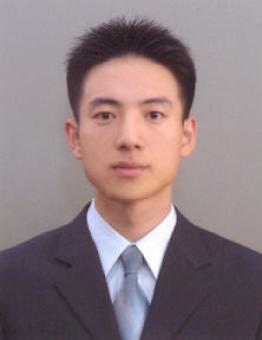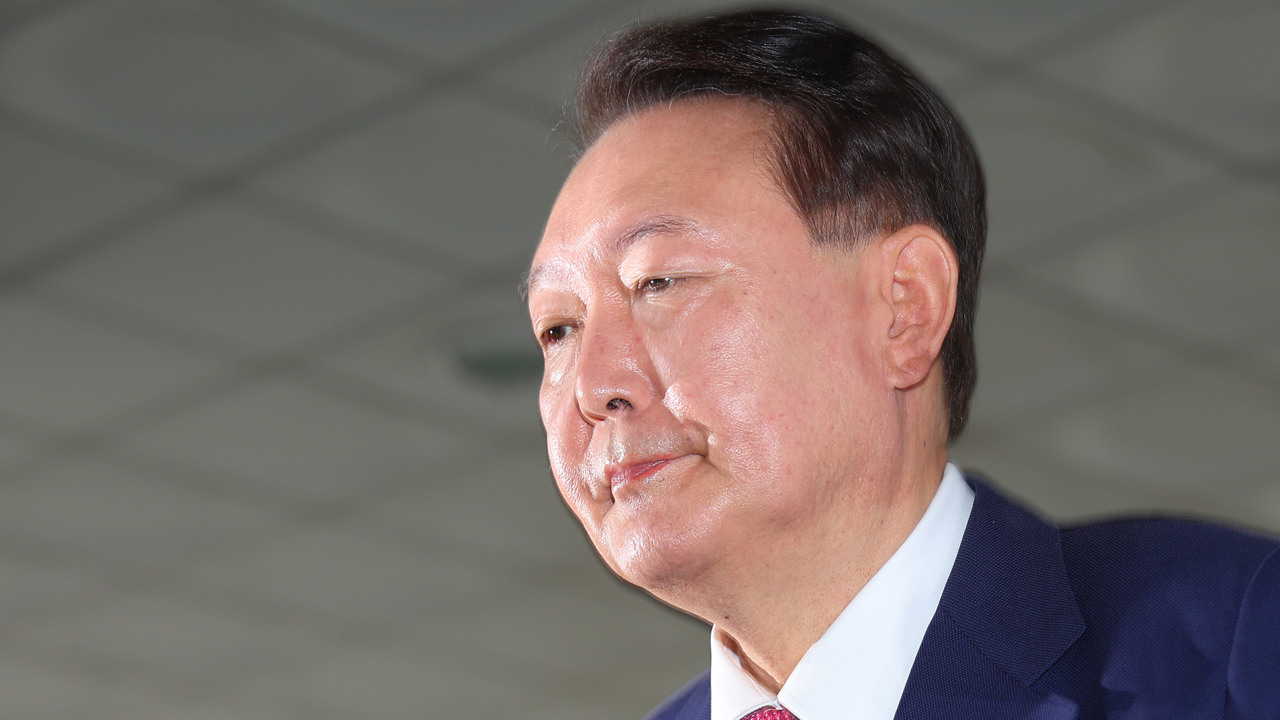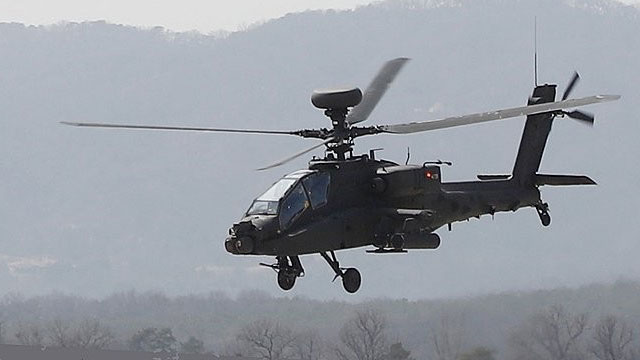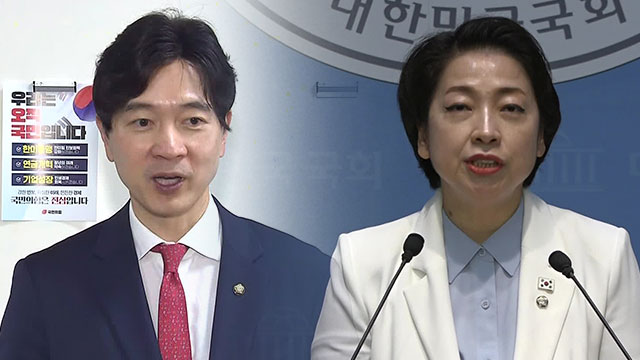Green fees at public golf courses continue to run high after skyrocketing during pandemic
입력 2024.10.09 (00:32)
읽어주기 기능은 크롬기반의
브라우저에서만 사용하실 수 있습니다.
[Anchor]
In the second segment examining the issues of public golf courses, today we will discuss the skyrocketing green fee problem since the COVID-19 pandemic.
The condition of the greens is terrible, and the grass has been scorched by the heat, yet they are still charging high green fees.
As complaints from visitors reached a peak, the National Assembly decided to address the issue of standard green fees.
Reporter Son Ki-seong has the details.
[Report]
At a public golf course located in Incheon.
The teeing area has patches of bare ground, and players have to tee off from mats on par 5 holes.
Despite such poor management, the weekday green fee reaches 240,000 won.
Golf courses that started raising green fees during the explosive demand of the COVID-19 period are still taking advantage of the situation.
[○○○/Golf course user: "I came here last year too, and the excuse is always the same, that the weather is too hot. If that's the case, they shouldn't be in business. From what I see, this place is not worth coming to. I’m not planning to come back either."]
The average green fee for public golf courses has increased by 31.5% on weekdays and 22.5% on weekends over the past three years since the pandemic.
They benefit from exemptions on individual consumption tax and pay significantly less property tax compared to membership courses, leading to a vertical rise in profits.
Last year, the average operating profit of 189 public golf courses reached 6.6 billion won, with an operating profit margin of 40.2%, yet they continue to charge such high green fees.
Since the standard green fee for public golf courses is defined as the average green fee, the National Assembly has prepared a revision to prevent excessive increases during peak seasons.
[Min Hyung-bae/Democratic Party: "During peak seasons, they charge significantly higher, and during off-peak seasons, they lower it drastically, creating a structure where they can match 247,000 won and 188,000 won. Therefore, we should eliminate the concept of average usage fees and set a cap on usage fees."]
Given the extreme dissatisfaction from customers due to the excessive green fees set by some golf courses, a downward adjustment of green fees seems inevitable.
This is KBS News, Son Ki-seong reporting.
In the second segment examining the issues of public golf courses, today we will discuss the skyrocketing green fee problem since the COVID-19 pandemic.
The condition of the greens is terrible, and the grass has been scorched by the heat, yet they are still charging high green fees.
As complaints from visitors reached a peak, the National Assembly decided to address the issue of standard green fees.
Reporter Son Ki-seong has the details.
[Report]
At a public golf course located in Incheon.
The teeing area has patches of bare ground, and players have to tee off from mats on par 5 holes.
Despite such poor management, the weekday green fee reaches 240,000 won.
Golf courses that started raising green fees during the explosive demand of the COVID-19 period are still taking advantage of the situation.
[○○○/Golf course user: "I came here last year too, and the excuse is always the same, that the weather is too hot. If that's the case, they shouldn't be in business. From what I see, this place is not worth coming to. I’m not planning to come back either."]
The average green fee for public golf courses has increased by 31.5% on weekdays and 22.5% on weekends over the past three years since the pandemic.
They benefit from exemptions on individual consumption tax and pay significantly less property tax compared to membership courses, leading to a vertical rise in profits.
Last year, the average operating profit of 189 public golf courses reached 6.6 billion won, with an operating profit margin of 40.2%, yet they continue to charge such high green fees.
Since the standard green fee for public golf courses is defined as the average green fee, the National Assembly has prepared a revision to prevent excessive increases during peak seasons.
[Min Hyung-bae/Democratic Party: "During peak seasons, they charge significantly higher, and during off-peak seasons, they lower it drastically, creating a structure where they can match 247,000 won and 188,000 won. Therefore, we should eliminate the concept of average usage fees and set a cap on usage fees."]
Given the extreme dissatisfaction from customers due to the excessive green fees set by some golf courses, a downward adjustment of green fees seems inevitable.
This is KBS News, Son Ki-seong reporting.
■ 제보하기
▷ 카카오톡 : 'KBS제보' 검색, 채널 추가
▷ 전화 : 02-781-1234, 4444
▷ 이메일 : kbs1234@kbs.co.kr
▷ 유튜브, 네이버, 카카오에서도 KBS뉴스를 구독해주세요!
- Green fees at public golf courses continue to run high after skyrocketing during pandemic
-
- 입력 2024-10-09 00:32:17

[Anchor]
In the second segment examining the issues of public golf courses, today we will discuss the skyrocketing green fee problem since the COVID-19 pandemic.
The condition of the greens is terrible, and the grass has been scorched by the heat, yet they are still charging high green fees.
As complaints from visitors reached a peak, the National Assembly decided to address the issue of standard green fees.
Reporter Son Ki-seong has the details.
[Report]
At a public golf course located in Incheon.
The teeing area has patches of bare ground, and players have to tee off from mats on par 5 holes.
Despite such poor management, the weekday green fee reaches 240,000 won.
Golf courses that started raising green fees during the explosive demand of the COVID-19 period are still taking advantage of the situation.
[○○○/Golf course user: "I came here last year too, and the excuse is always the same, that the weather is too hot. If that's the case, they shouldn't be in business. From what I see, this place is not worth coming to. I’m not planning to come back either."]
The average green fee for public golf courses has increased by 31.5% on weekdays and 22.5% on weekends over the past three years since the pandemic.
They benefit from exemptions on individual consumption tax and pay significantly less property tax compared to membership courses, leading to a vertical rise in profits.
Last year, the average operating profit of 189 public golf courses reached 6.6 billion won, with an operating profit margin of 40.2%, yet they continue to charge such high green fees.
Since the standard green fee for public golf courses is defined as the average green fee, the National Assembly has prepared a revision to prevent excessive increases during peak seasons.
[Min Hyung-bae/Democratic Party: "During peak seasons, they charge significantly higher, and during off-peak seasons, they lower it drastically, creating a structure where they can match 247,000 won and 188,000 won. Therefore, we should eliminate the concept of average usage fees and set a cap on usage fees."]
Given the extreme dissatisfaction from customers due to the excessive green fees set by some golf courses, a downward adjustment of green fees seems inevitable.
This is KBS News, Son Ki-seong reporting.
In the second segment examining the issues of public golf courses, today we will discuss the skyrocketing green fee problem since the COVID-19 pandemic.
The condition of the greens is terrible, and the grass has been scorched by the heat, yet they are still charging high green fees.
As complaints from visitors reached a peak, the National Assembly decided to address the issue of standard green fees.
Reporter Son Ki-seong has the details.
[Report]
At a public golf course located in Incheon.
The teeing area has patches of bare ground, and players have to tee off from mats on par 5 holes.
Despite such poor management, the weekday green fee reaches 240,000 won.
Golf courses that started raising green fees during the explosive demand of the COVID-19 period are still taking advantage of the situation.
[○○○/Golf course user: "I came here last year too, and the excuse is always the same, that the weather is too hot. If that's the case, they shouldn't be in business. From what I see, this place is not worth coming to. I’m not planning to come back either."]
The average green fee for public golf courses has increased by 31.5% on weekdays and 22.5% on weekends over the past three years since the pandemic.
They benefit from exemptions on individual consumption tax and pay significantly less property tax compared to membership courses, leading to a vertical rise in profits.
Last year, the average operating profit of 189 public golf courses reached 6.6 billion won, with an operating profit margin of 40.2%, yet they continue to charge such high green fees.
Since the standard green fee for public golf courses is defined as the average green fee, the National Assembly has prepared a revision to prevent excessive increases during peak seasons.
[Min Hyung-bae/Democratic Party: "During peak seasons, they charge significantly higher, and during off-peak seasons, they lower it drastically, creating a structure where they can match 247,000 won and 188,000 won. Therefore, we should eliminate the concept of average usage fees and set a cap on usage fees."]
Given the extreme dissatisfaction from customers due to the excessive green fees set by some golf courses, a downward adjustment of green fees seems inevitable.
This is KBS News, Son Ki-seong reporting.
-
-

손기성 기자 son@kbs.co.kr
손기성 기자의 기사 모음
-
이 기사가 좋으셨다면
-
좋아요
0
-
응원해요
0
-
후속 원해요
0










![[속보] 당정 “가용 수단 총동원해 물가 민생 안정에 <br>만전 기하기로”](/data/layer/904/2025/07/20250706_FYttMd.jpg)




이 기사에 대한 의견을 남겨주세요.